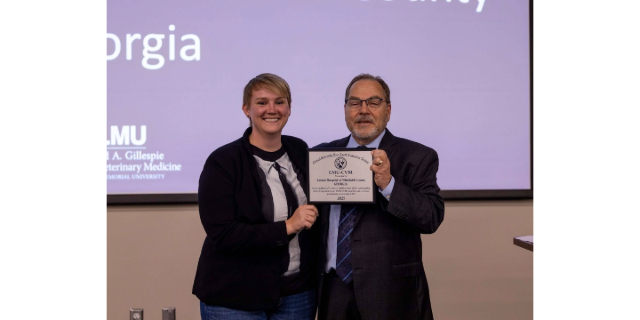EPA grant targets Dalton’s brownfields
Published 8:30 am Tuesday, July 29, 2025

- A U.S. Environmental Protection Agency grant could help clean up this former machine shop site at 503 11th Ave. in Dalton. (Charles Oliver)
The Southeast Tennessee Development District (SETDD), headquartered in Chattanooga, has secured a $1.2 million Brownfields Assessment Grant from the U.S. Environmental Protection Agency to evaluate and revitalize contaminated industrial sites in Dalton as part of an 18-county initiative spanning Southeast Tennessee and North Georgia.
“Our agency did receive an EPA Brownfields grant to complete assessments and other environmental studies in the region as a whole,” said SETDD Executive Director Chuck Hammonds. “These funds can only be used to assess a property and determine any environmental concerns. It is strictly voluntary if a property owner wishes to participate.”
The four-year grant, part of the EPA’s $267 million national Brownfields initiative, will fund Phase I and Phase II environmental site assessments from October 2025 to September 2029, targeting underutilized sites to spur economic redevelopment and job creation.
Trending
“The grant is a U.S. EPA Brownfields Assessment Grant, which covers an 18-county area in Southeast Tennessee and North Georgia,” said SETDD’s Director of Community Development and Grant Writing Sam Saieed. “The grant is very flexible and can be used on public or privately-owned sites in these counties.”
Dalton, alongside Cleveland and East Ridge, Tenn., is a priority area due to its numerous old industrial sites.
“With Dalton’s historical and current manufacturing power in the flooring/carpeting industry, there are many potential brownfield sites,” Saieed added.
The grant requires no local funding match, which Saieed said makes it an attractive tool for local governments.
Local officials did not immediately know the details of the grant but said they welcome the funding.
“We’re pleased to see this grant award and we’re hopeful to see these underutilized lands cleaned up and restored for better use,” said Dalton City Administrator Andrew Parker. “It’s important to be good stewards of our land and take care of our environment.”
Trending
The EPA clarified that while Dalton did not directly receive the grant, SETDD’s award includes a target area in the city bounded by East Morris Street, Martha Sue Drive, East Walnut Avenue and Claude Street, which contains several closed or underused brownfield sites.
“SETDD plans to initially focus on a former machine shop site at 503 11th Ave. However, SETDD could select a different site in the target area to assess if the former machine shop site is not suitable,” said EPA Public Affairs Director Davina Marraccini.
Brownfields can depress local economies, lower property values and deter investment until cleaned up. But with proper remediation, they can be, and have been, turned into housing, parks, industrial sites or commercial spaces, revitalizing communities. Redeveloping brownfields reduces urban sprawl, preserves green spaces and promotes efficient land use.
For instance, in Chattanooga, the Mill Town project is turning a former brownfield into a 17-acre mixed use subdivision. And the site of the former Wheland Foundry, another brownfield, is now the location of the new Chattanooga Lookouts baseball team stadium.
And in Atlanta, much of the BeltLine was brownfield sites, as was the Atlantic Station redevelopment project and the Historic Fourth Ward Park.
The EPA’s broader Southeast Region initiative awarded $18.9 million to 23 recipients, with Tennessee securing two $1.2 million grants. Franklin County, the other recipient, will assess a 40-acre former fairgrounds in Winchester for potential redevelopment as an event space.
“The Southeast Tennessee Development District appreciates EPA’s Brownfields Assessment Grant Award, which represents a transformational investment in the region’s ability to assess brownfield sites,” Saieed said. “These sites disproportionately impact economically disadvantaged communities.”
Since 1995, the EPA’s Brownfields Program has leveraged $42 billion in cleanup and redevelopment, creating over 220,500 jobs, and this grant aims to transform blighted properties into vibrant community assets across the Southeast.





